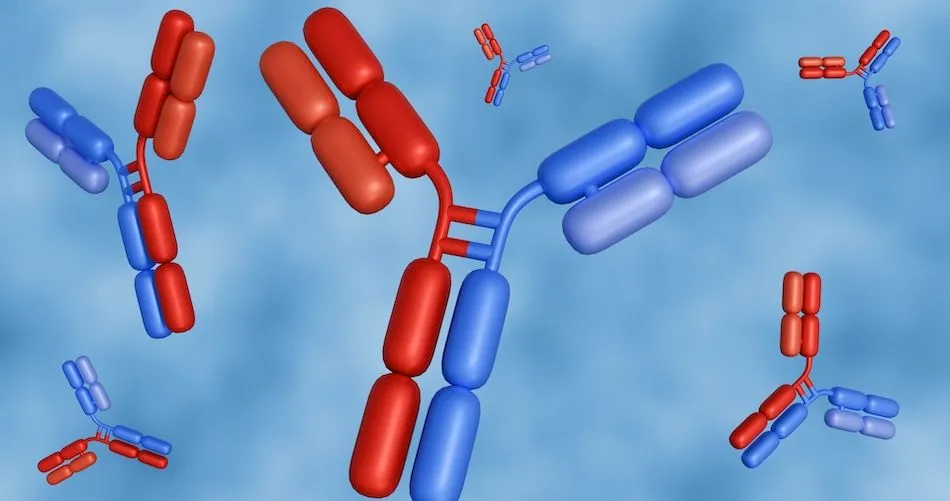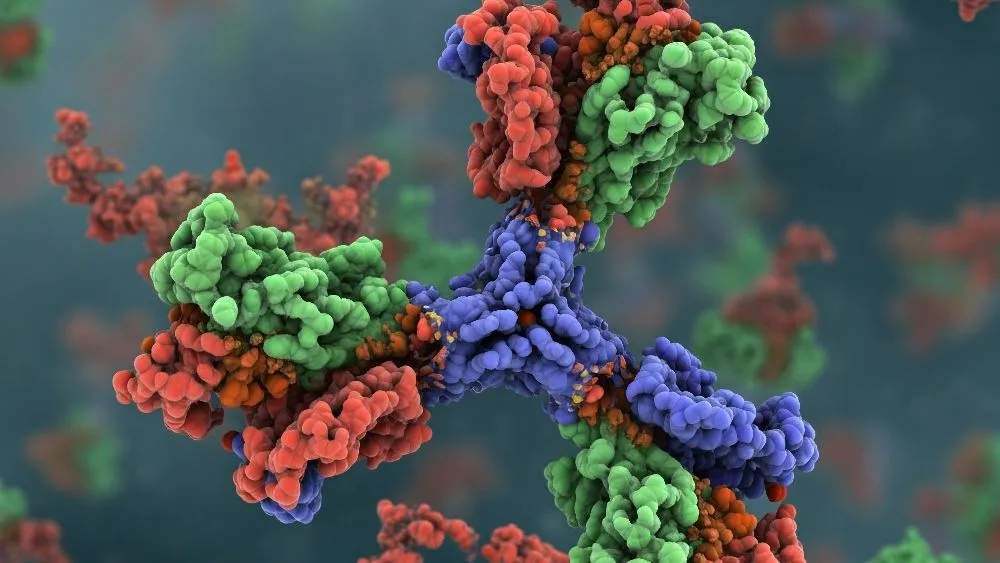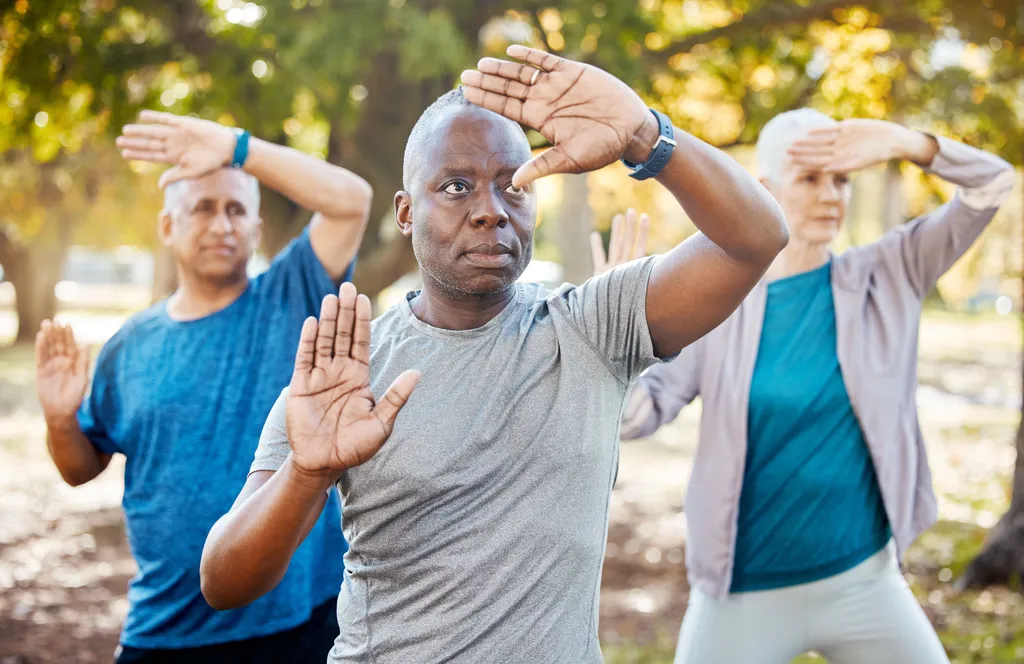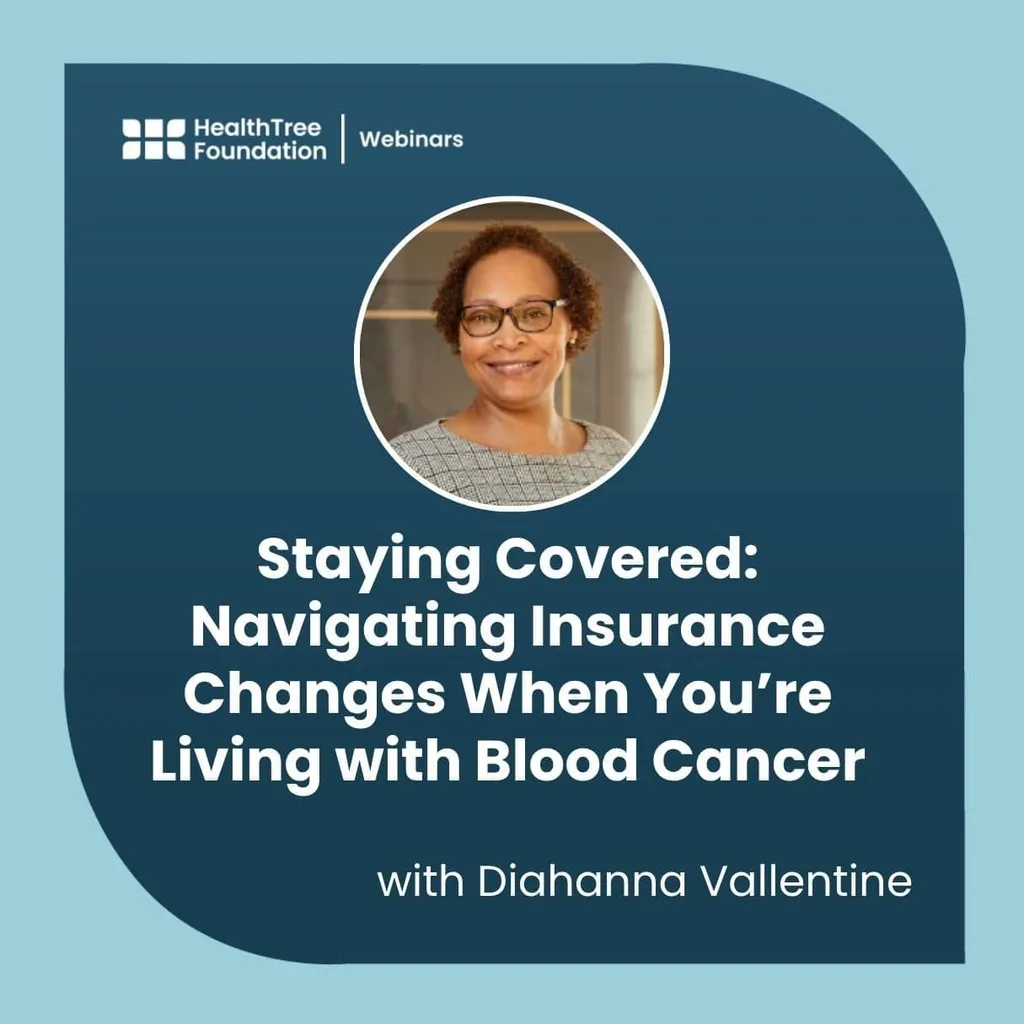ASH 2020: Five Myeloma Experts Discuss Treatment Preferences

“Initial treatment is the best chance for a deep and durable response. It is most important to get a deep response.”
Nikhil Munshi, Dana-Farber Cancer Institute
Every annual American Society of Hematology (ASH) meeting has an inherent conflict of balancing present reality—what is the current state of best practices?—with anticipation of new therapies that are on the spectrum of mouse-modeled experiments to large phase III clinical trials. Pre-ASH satellite symposia sessions focus on the landscape of myeloma clinical practice and research day before the official opening of the meeting.
In a popular myeloma session, Dr. Neil Love from Research to Practice guided a wide-ranging discussion about current preferences in myeloma treatment featuring Drs. Rafael Fonseca (Mayo Clinic), Ola Landgren (Sylvester), Nikhil Munshi (Dana-Farber), Robert Orlowski (MD Anderson), and Edward Stadtmauer (Abramson) that began by discussing the most prevalent combination therapies currently used:
- The triplet regimens of bortezomib/Velcade ®, lenalidomide/Revlimid ®, and low dose dexamethasone (VRd) or carfilzomib/Kyprolis ® plus Rd (KRd),
- Combining daratumumab/DARZALEX ® with VRd (Dara-VRd) before autologous stem cell transplant (ASCT)
- Dara-Rd and Rd
For pre-transplant induction regimen for a younger, otherwise healthy patient with no high-risk features, VRd was the most popular choice of the experts.
“Dara-KRd will become the standard very soon,” said Dr. Landgren, who also preferred “IV [administration] until the disease is knocked down before switching to oral drugs.” Dr. Fonseca felt “KRd is preferable because peripheral neuropathy concerns me more as a side effect than cardio,” addressing the concern of cardiac issues in small numbers of patients.
Younger and older patients with the high-risk genetic marker del(17p), the majority agreed, would generally benefit from Dara-VRd. Each stressed that it was important to achieve a minimal residual disease negative (MRD-) state.
Treatment for older, frail patients with other health issues could benefit from Dara-Rd. Dr. Orlowski favored VRd or the same regimen with lower dosages (VRd lite). Another popular options was the triplet of cyclophosphamide plus bortezomib and dexamethasone (CyBorD).
Ideally, for maintenance therapy patients “must get to a deep response of MRD-, especially for high-risk disease,” stressed Dr. Fonseca as he echoed similar comments in another pre-ASH symposium, “MRD- is that path to a cure” and patients “may be able to stop maintenance if they are MRD- and PET negative. That combo is as good as it gets.”
For post-stem cell transplant maintenance in patients with no high-risk features who received VRd induction, all five were unanimous in their preference for lenalidomide-based therapies. This was also the case for those with the high-risk del(17p) marker who received VRd induction, with a combination of a variety of proteasome inhibitor combinations.
Dr. Landgren preferred KRd for induction for these patients including VRd, VR, or the additions of ixazomib/Ninlaro ®, an oral proteasome inhibitor. Dr. Stadtmauer preferred lenalidomide as a single agent.
With relapsed and refractory myeloma (RRMM), Dr. Munshi stressed, “what treatment patients had before [their relapse] influences the decisions about what is ahead.” The growing arsenal of immunotherapeutic agents are responding to limitations of current treatment paradigms.
All agreed that BCMA was a great target for relapsed or refractory myeloma patients. All agreed that benlantamab mafodotin (BLENREP ®) was a promising antibody drug conjugate (ADC) that could benefit patients who had many lines of treatment. All were enthusiastic about selinexor/XPOVIO ® in combination with a proteasome inhibitor like Velcade.
Most importantly, the unanimous view was that cure was no longer a taboo term, but it shouldn’t be used lightly. The annual ASH meeting demonstrated over and over again the promise of tomorrow, but we must continue to live in the realities of today, which are much better than the experiences of yesterday.
Myeloma Crowd Patient Advisor Gary Peterson contributed to this article.
“Initial treatment is the best chance for a deep and durable response. It is most important to get a deep response.”
Nikhil Munshi, Dana-Farber Cancer Institute
Every annual American Society of Hematology (ASH) meeting has an inherent conflict of balancing present reality—what is the current state of best practices?—with anticipation of new therapies that are on the spectrum of mouse-modeled experiments to large phase III clinical trials. Pre-ASH satellite symposia sessions focus on the landscape of myeloma clinical practice and research day before the official opening of the meeting.
In a popular myeloma session, Dr. Neil Love from Research to Practice guided a wide-ranging discussion about current preferences in myeloma treatment featuring Drs. Rafael Fonseca (Mayo Clinic), Ola Landgren (Sylvester), Nikhil Munshi (Dana-Farber), Robert Orlowski (MD Anderson), and Edward Stadtmauer (Abramson) that began by discussing the most prevalent combination therapies currently used:
- The triplet regimens of bortezomib/Velcade ®, lenalidomide/Revlimid ®, and low dose dexamethasone (VRd) or carfilzomib/Kyprolis ® plus Rd (KRd),
- Combining daratumumab/DARZALEX ® with VRd (Dara-VRd) before autologous stem cell transplant (ASCT)
- Dara-Rd and Rd
For pre-transplant induction regimen for a younger, otherwise healthy patient with no high-risk features, VRd was the most popular choice of the experts.
“Dara-KRd will become the standard very soon,” said Dr. Landgren, who also preferred “IV [administration] until the disease is knocked down before switching to oral drugs.” Dr. Fonseca felt “KRd is preferable because peripheral neuropathy concerns me more as a side effect than cardio,” addressing the concern of cardiac issues in small numbers of patients.
Younger and older patients with the high-risk genetic marker del(17p), the majority agreed, would generally benefit from Dara-VRd. Each stressed that it was important to achieve a minimal residual disease negative (MRD-) state.
Treatment for older, frail patients with other health issues could benefit from Dara-Rd. Dr. Orlowski favored VRd or the same regimen with lower dosages (VRd lite). Another popular options was the triplet of cyclophosphamide plus bortezomib and dexamethasone (CyBorD).
Ideally, for maintenance therapy patients “must get to a deep response of MRD-, especially for high-risk disease,” stressed Dr. Fonseca as he echoed similar comments in another pre-ASH symposium, “MRD- is that path to a cure” and patients “may be able to stop maintenance if they are MRD- and PET negative. That combo is as good as it gets.”
For post-stem cell transplant maintenance in patients with no high-risk features who received VRd induction, all five were unanimous in their preference for lenalidomide-based therapies. This was also the case for those with the high-risk del(17p) marker who received VRd induction, with a combination of a variety of proteasome inhibitor combinations.
Dr. Landgren preferred KRd for induction for these patients including VRd, VR, or the additions of ixazomib/Ninlaro ®, an oral proteasome inhibitor. Dr. Stadtmauer preferred lenalidomide as a single agent.
With relapsed and refractory myeloma (RRMM), Dr. Munshi stressed, “what treatment patients had before [their relapse] influences the decisions about what is ahead.” The growing arsenal of immunotherapeutic agents are responding to limitations of current treatment paradigms.
All agreed that BCMA was a great target for relapsed or refractory myeloma patients. All agreed that benlantamab mafodotin (BLENREP ®) was a promising antibody drug conjugate (ADC) that could benefit patients who had many lines of treatment. All were enthusiastic about selinexor/XPOVIO ® in combination with a proteasome inhibitor like Velcade.
Most importantly, the unanimous view was that cure was no longer a taboo term, but it shouldn’t be used lightly. The annual ASH meeting demonstrated over and over again the promise of tomorrow, but we must continue to live in the realities of today, which are much better than the experiences of yesterday.
Myeloma Crowd Patient Advisor Gary Peterson contributed to this article.

about the author
Greg Brozeit
Greg Brozeit has been with the HealthTree Foundation since 2015 when he began volunteering for the Myeloma Crowd. Prior to that he worked with Dr. Bart Barlogie and the International Myeloma Foundation, inaugurating many myeloma patient advocacy and education programs.
More on Conferences
Trending Articles
Upcoming Events




Get the Latest Multiple Myeloma Updates, Delivered to You.
By subscribing to the HealthTree newsletter, you'll receive the latest research, treatment updates, and expert insights to help you navigate your health.













